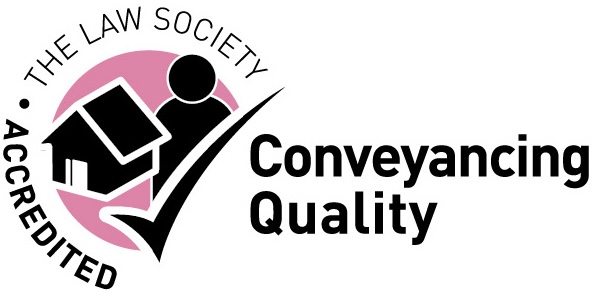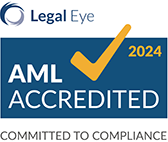For house and flat buyers, a drainage and water report is always recommended and it is also usually a requirement of the mortgage lender. We take a look at the information it provides.
If you are buying a property, you will be advised to have a range of searches carried out, checking on a large number of different points. These include a local search, an environmental search and a drainage and water search.
A drainage and water report looks at a range of issues, including:
- Whether a property is connected to mains water
- Whether it has foul water drainage
- Surface water sewer information
- Whether there is a sewer pipe maintained by the water authority within the boundaries of the property
- Whether there is a water pipe maintained by the water authority within the boundaries of the property
The increase in available information
Prior to 2002, the local authority was responsible for providing replies to drainage and water enquiries. They held limited information in respect of the location of pipes and mains meaning that buyers were often in the dark about the extent to which the system servicing the property was maintained.
In 2002, a new form known as the CON29DW was created to be completed by the water authorities.
As well as the above information, it is also likely to include:
- An analysis of the risk of the property having low water pressure and suggested remedial measures
- An assessment of the water quality
- The basis on which the authority charges
- Details of how the services are connected to the public network
- Where the water meter is located, if the property has one
- Colour plans giving the available information about the location of water and sewerage pipes and drains
- Details of the risk of internal sewer flooding
- Whether any agreements or consents exist which affect the property, such as an easement allowing the authority to run a pipe across the land
- Where the local sewerage treatment works is situated
To limit liability, authorities may include large amounts of data and drainage and water reports can be 50 pages long or more in some cases.
Incomplete records
Despite the large amount of information provided, in many areas, knowledge of the sewerage system is incomplete. In 2011, the law changed to make private sewers that served more than one property as well as lateral drains that extended beyond the boundary of the property the water company’s responsibility. Prior to this, the local authority was responsible for mapping the sewers and drains.
Because of their incomplete mapping, it is sometimes the case that a sewer runs under a property and no build-over agreement has been made to set this on a formal legal footing. It may be possible to put a retrospective agreement in place in some circumstances.
It can also be the case that sewers simply do not show up when a search is carried out and the drainage authority may infer that a property is connected to the mains drainage system. The buyer will need to try and establish whether the property is indeed connected to a sewer or whether it has a septic tank or cesspit.
The CON29DW replies available from the local water and drainage authority are backed by a minimum of £10 million in indemnity insurance and remain the best source of information available.
Contact us
If you would like to speak to one of our expert property lawyers, ring us on 0333 3055 189 or email us at info@lpropertylawyers.co.uk


